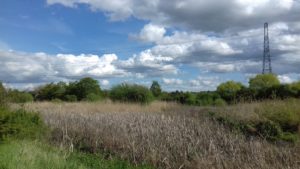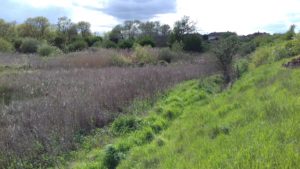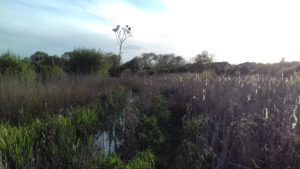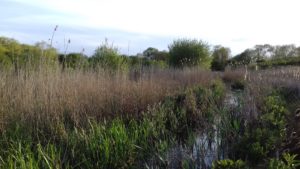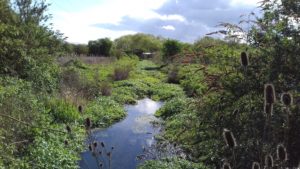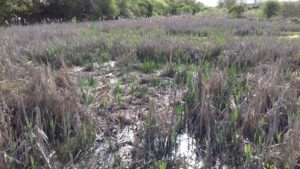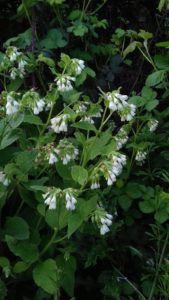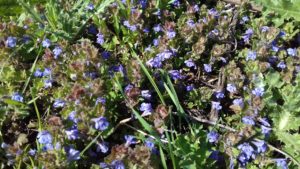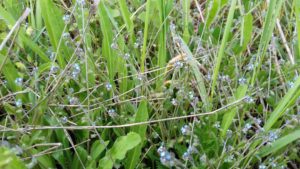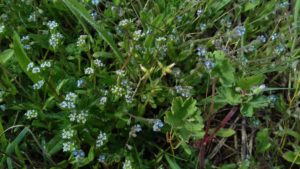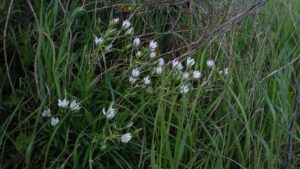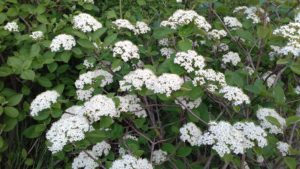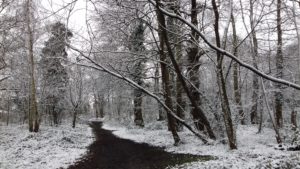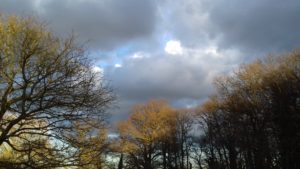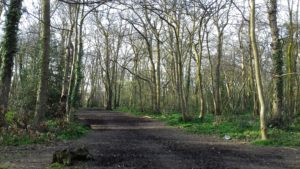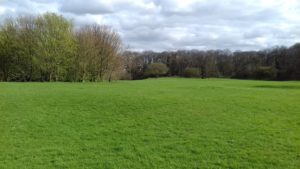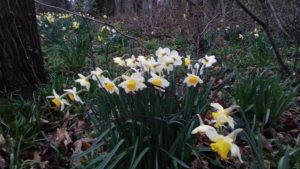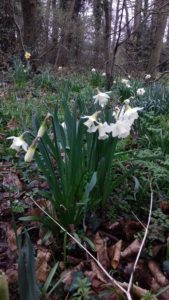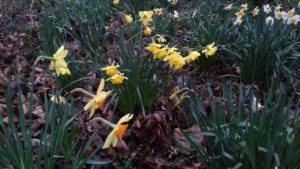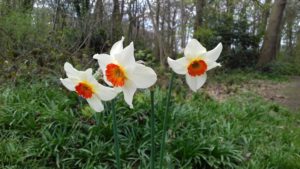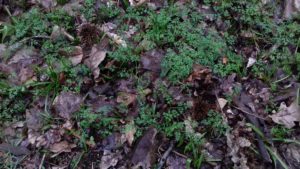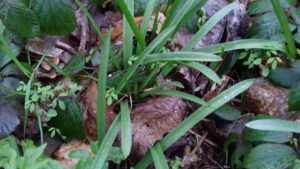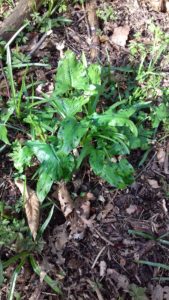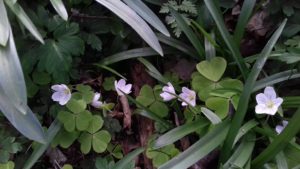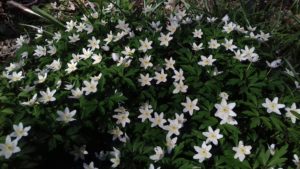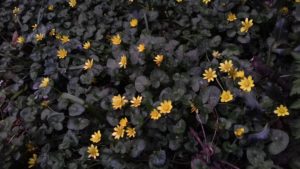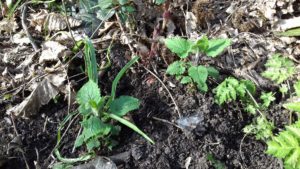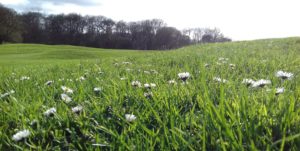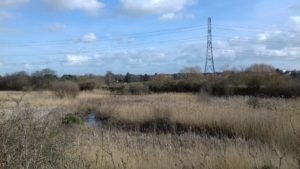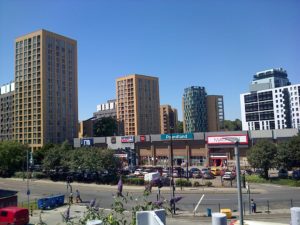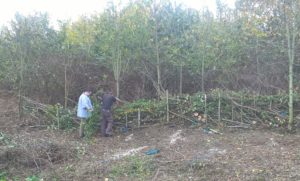Bexley goes to the polls tomorrow, Thursday May 3rd, to elect the Borough’s Councillors for the next four years. For those that haven’t voted by post and are casting their ballot on the day, this piece provides links to the list of candidates for each Ward, the manifestos of the parties and summarises their stated local policies on ‘green’ matters.
For its part, the London Wildlife Trust is urging voters to back candidates that are committed to:
- Safeguarding nature and wildlife in the borough by protecting and conserving Sites of Importance for Nature Conservation, Metropolitan Open Land and/or Green Belt, and rivers and waterways;
- Supporting the full implementation of the Mayor of London’s London Environment Strategy, to promote the design and delivery of ‘green infrastructure’ to benefit nature across London;
- Supporting initiatives that help the borough’s residents engage with and benefit from nature;
- Ensuring management of the borough’s parks and greenspaces is to a high environmental quality;
- Ensuring new development is designed and built to the highest environmental standards, along the lines of At Home with Nature.
The Bexley election is being held on new Ward boundaries, with the number of Councillors being reduced from 63 to 45 in the process. A full list of candidates for all Wards is here:
with a mixture of 2 and 3 seats up for election depending on the Ward. You don’t need your polling card to vote. You don’t have to use all your votes for candidates of the same party, and you don’t have to use all of your two or three votes. You can also ‘spoil’ your ballot paper if you are so inclined, which at least shows you bothered, but couldn’t support anyone on offer.
Besides the Conservatives and Labour, there are 14 UKIP, 13 LibDem, 5 BNP, 3 Green Party, 1 Liberal Party and 1 Independent candidates across the various Wards.
It has to be said that none of the parties currently represented on Bexley Council (Con, Lab, UKIP) have covered themselves in glory as far as environment/nature, wildlife and sustainability are concerned over the last 4 year term. All support the ‘growth’ strategy which will hugely increase Bexley’s environmental ‘footprint’ and destroy more green space, including parts of designated Sites of Importance for Nature Conservation. Councillors of all sides have voted for one or more ‘developments’ on such sites over the past few years, giving little or no weight to the Borough’s stated biodiversity protection and enhancement policies. So are things likely to get any better after Thursday’s vote ….?
Here’s a quick summary of relevant 2018 election policy from the various parties:
The Conservative ‘manifesto’ amounts to two sides of an A4 leaflet, so is more of a ‘mini-manifesto’. See here:
https://bexleyconservatives.files.wordpress.com/2018/03/manifesto1.pdf
https://bexleyconservatives.files.wordpress.com/2018/03/manifesto2.pdf
In it they claim to be proud of the Borough’s open spaces and promise to deliver an extra 2 hectares of ‘green open space’, which is a tiny amount for one year, never mind the next four – and it’s not clear whether this would prioritise nature and is, indeed ‘new’ green space, reclaimed from human-dominated usage, or simply existing private land that would be made public. 1,000 new street trees are promised across Bexley. A figure of 8,000 new homes is given, all purportedly on ‘brownfield land’. Strangely, the much-trumpeted ‘growth strategy’ is not mentioned, with its target of 31,500 new houses by 2047, perhaps because a large number of residents opposed it. Nor is the fact that said strategy proposes building on greenfield and Sites of Importance for Nature Conservation. Instead the Mayor of London is blamed for plans for ever more concrete, even though he’s just following what Boris Johnson planned in this regard before him.
Finally, according to the Tories, we need ‘more community, not more politics’. But since politics is fundamentally about sorting out the values that underpin policy, without resorting to killing one another, then given the gross under-valuing of nature and wildlife in this Borough over the last few years, we do need more wide-ranging political debate! The sad fact is that those wedded to ‘growth’ and concrete have long sought to try and sideline this issue by attempting to ‘depoliticise’ it, pretending there is no conflict between their plans and the environment and thereby hoping to remove it as a matter that might sway people’s votes. There is no mention in the manifesto of ‘sustainability’ in terms of Bexley’s resource footprint at all.
The rather more substantial Labour manifesto is here:
Bexley Labour claims credit for the ‘growth strategy’ and has stated that it supports it. It apparently fails to see the irony in also claiming that ‘A new Labour council will stop, cancel and reverse the Tories programme to build on parks and open spaces, within days of the election.’ Whether sell-off decisions already taken can legally be reversed is another matter. Like the Conservatives, nowhere is there any indication of when enough will be enough as far as ‘development’ is concerned. Separately, the leader of the Labour Group has said that ‘in principle’ it opposes the ‘growth strategy’ plan to build a by-pass across Crayford Marshes.
We are told that ‘By using brownfield land and former industrial spaces, we can build the homes and create the jobs we need without destroying Bexley’s much loved green and open spaces.’ Apart from joining the Conservatives in failing to understand the high wildlife importance of some ‘brownfield’/former industrially used land, including here in Bexley (e.g. the Cory/Borax fields) one has to wonder whether there’s really enough of it in the Borough to take 31.5K new homes without a lot of tower blocks.
Specific policies are:
• Support parks, green and open spaces by stopping, cancelling and reversing the programme to build on the borough’s park and open spaces immediately on the election of a Labour council. • Review cuts already made to the maintenance of green spaces in recent years to find new ways of protecting them now and in the future. • Back measures by the Mayor of London to protect the greenbelt. • Commit the London Borough of Bexley to reducing the impact of climate change, locally, nationally and globally by assessing and reducing the council’s CO2 emissions. • Incentivise carbon neutral development and business in Bexley and microgeneration and renewable energy schemes. • Introduce car clubs, including through the planning process, to reduce car usage by offering an alternative to private car ownership.
so there is some recognition of wider global sustainability issues, though nothing that suggests an understanding of the fact that the ‘growth strategy’ as a whole flies in the face of them, and that there is a pressing need to get beyond tinkering and adopt far greater resource usage reduction measures to protect nature and let it recover.
There’s also a bit of a sense of ‘nature’ and ‘non-nature/tidiness’ mentality here and there, rather than positive statements about managing sites in such a way as to attract and accommodate more wildlife.
Neither of the main parties has mentioned wildlife as such, or put forward a ‘vision’ or plan for driving forward the Council’s stated policy of protecting and enhancing biodiversity, particularly protected and (Biodiversity Action Plan) priority species. This is in the context of the BAP itself having now expired (in 2015) and 80% of wholly or partly Council-owned SINCs having no management plan, with those that do being several years old. They obviously don’t think that many people take it that seriously, which represents something of a failure on the part of those of us that do.
The Bexley UKIP website does not provide any detail on its policies for the Borough other than fairly generalised statements with the word ‘Bexley’ inserted here and there:
https://www.ukipbexley.com/ukip-bexley-branch-bexleyheath-crayford-cecw
We are told UKIP Councillors protect open spaces and fight wind farms.
The Bexley Liberal Democrats, BNP and Bexley Green Party Facebook/webpages don’t carry local manifestos or list specific policies for Bexley to translate their national policy into local action.
In these circumstances, for those of us who think that nature and wildlife should be at the heart of political decision-making, it may be a case of voting for the least worst combination of candidates on offer in your Ward. It looks like whoever is elected on May 3rd, a lot of work is going to continue to have to be done and pressure applied to try and improve the Council’s decision-making as far as our local environment is concerned.
Compiled by Chris Rose.

